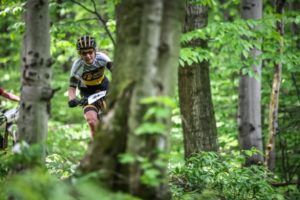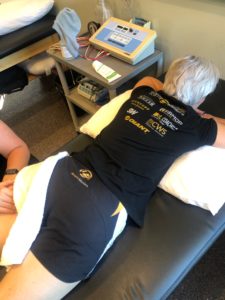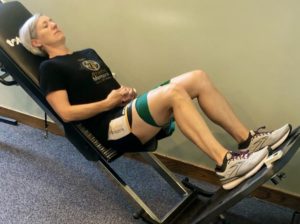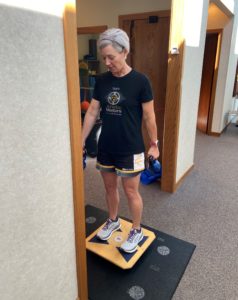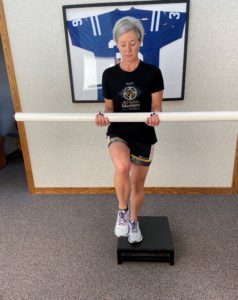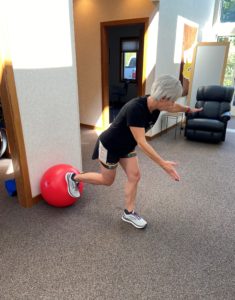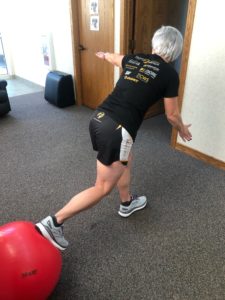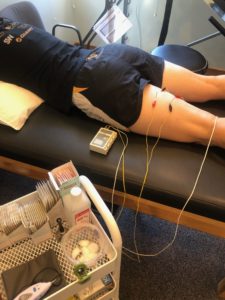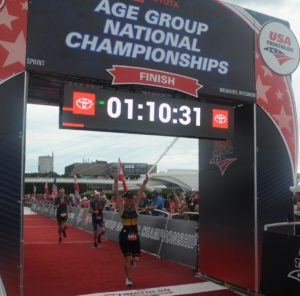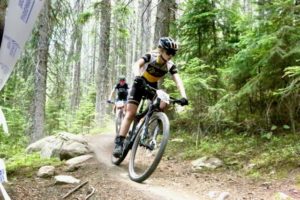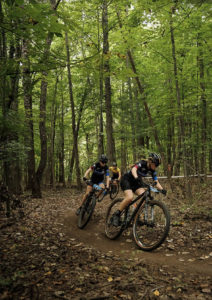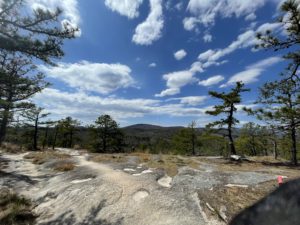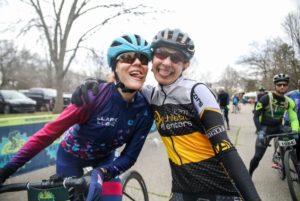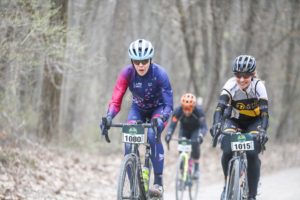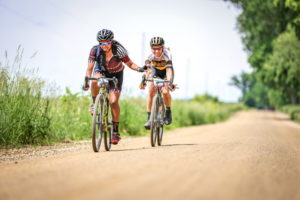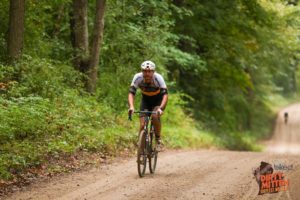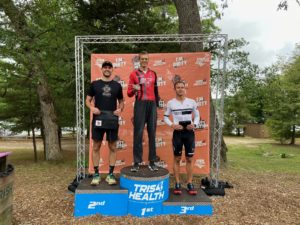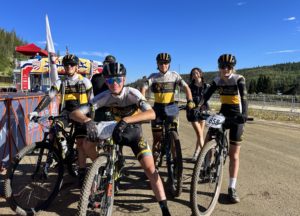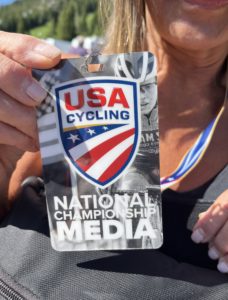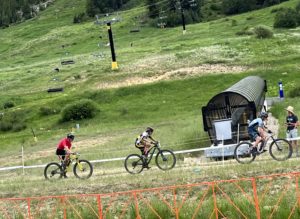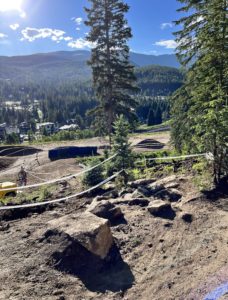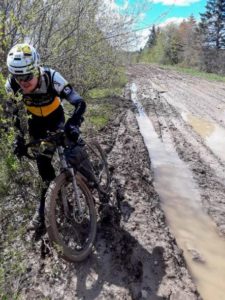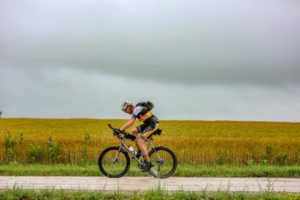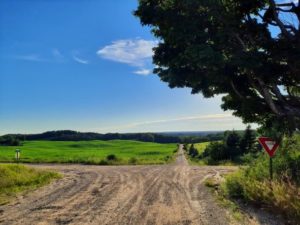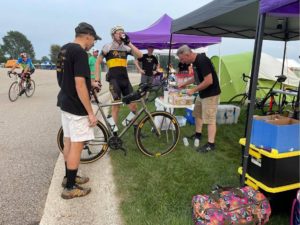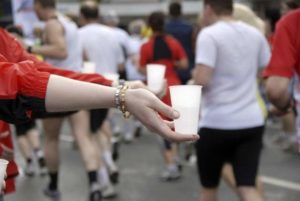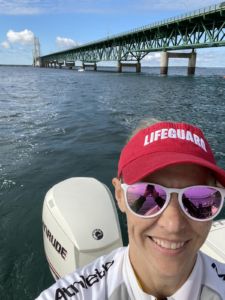By: Terry Ritter
An interview with program director Terry Ritter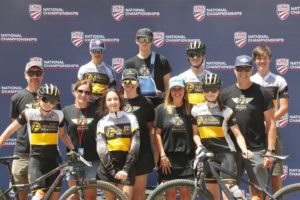
The first simple question is, what is “junior development”?
In cycling, riders under the age of 19 are considered in the “Junior” class. Our program focuses on developing these athletes in this age bracket, starting at around 8th grade through 12th, to improve their racing and skill, while also giving them a variety of opportunities in cycling.
What is unique about TAMJD versus other junior programs?
It’s hard to speak for other programs, but one focus we have is on Michigan riders, right now primarily the east side of the state. We also have a coaching company (Athletic Mentors) tied into the program, which means we have the ability to offer this valuable service to the racers for a very reasonable price. And, we have an established Elite level cycling within the larger team so our kids that progress that far as Juniors can experience that aspect as well.
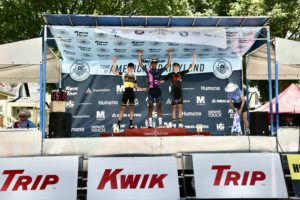 TAM has a history of rider development. How has the program evolved?
TAM has a history of rider development. How has the program evolved?
There was a time when we primarily had juniors that did road racing. But, our team founders and myself, though experienced in road racing, came from the MTB (Mountain Biking) side. That’s really the best place to start if you want to develop an all-around racer. MiSCA is a MTB scene, and what we do is support that discipline while giving our kids exposure to road riding. Presently, the most popular sport is gravel, and we promote that by racing some of those events as well as hone the skills needed there with group road riding. And some of the kids take to road racing from that. In many ways, this is what TAM has always done: create all around racers that compete on whatever they are riding at the time. It’s great for fitness and keeps them fresh!
Where are most of the group’s riders coming from?
With the explosion of MiSCA (Michigan Scholastic Cycling Association), which is the only resource in the state with a youth-only racing series, the JD program has been able to attract some of the more serious athletes from this large pool. One team in particular, Huron Valley United Racing, has produced 7 JD athletes over the past 4 years. We do have 2 other teams that have contributed riders as well.
What is the staff structure of the program?
While I am the head, I am fortunate to have Tina Meyer, who is a TAM teammate and parent of two of our multi-year racers, as a resource. Dan Caldwell is big with recruiting and he’s involved with the HVUR program, and Daniel Yankus helps with development as the captain of our Elite team and also a volunteer with the HVUR group.
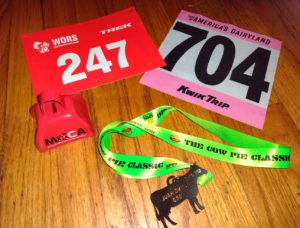 What have the last few seasons looked like?
What have the last few seasons looked like?
4 years ago we only had Kellen Caldwell on our team. He’s a once-in-ten-years rider who many of the kids looked up to in MiSCA. The next year he was joined by Hunter Post. The following year Kellen left for college and we’d gained enough recognition from serious riders that we had 6 total riders in ‘21. This season we retained those and added 5 additional members for a total of 11 (7 male, 4 female). Each year we’ve been able to do more with the group. This year included a spring break training camp in NC, a national level team MTB race in Wisconsin, a national level road criterium series, and then 9 athletes going to USAC National MTB Championships in Winter Park, CO as well as a week long camp at Fort Lewis College.
What are some of the values TAMJD imparts on their athletes?
We work to create a supportive environment, then use that to allow our athletes to try new cycling activities with more confidence. This not only expands their horizons, it gives them the experience of helping others. Also of importance is instilling the love of the bike. And, we try to show our kids the importance of helping the sport and community through volunteering requirements. They also learn teamwork and professionalism, which should help those racing in college.
Who would make an ideal candidate for the team?
We are looking for kids and parents that want greater enjoyment and support for their cycling pursuits. A good candidate would be motivated to race all season, not just the fall MiSCA slate. They may well be hoping to race in college. They’d appreciate what a team could offer them/their child. They’d see new cycling challenges, like bigger state and national racing, as something they’d like to try. Hopefully, they also want to give back to the community and each other. Ultimately, they’d see our team as a way to get closer to their potential with like-minded peers.
What does the program offer its riders/parents?
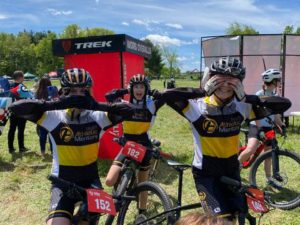 At the start, we give every Junior member a jersey, bib, helmet, socks, and a few other team items of casual clothing to help represent the team. They also get the opportunity to purchase other team items at our pricing. We also offer discounts on other products. Our program offers racing logistics and support to larger regional and national races. All our Juniors get some direction and coaching, but we also offer personal coaching at a much reduced cost. TAMJD also organizes team activities and rides so the kids can have fun together and co-mentor each other, which is beneficial for developing as a young adult.
At the start, we give every Junior member a jersey, bib, helmet, socks, and a few other team items of casual clothing to help represent the team. They also get the opportunity to purchase other team items at our pricing. We also offer discounts on other products. Our program offers racing logistics and support to larger regional and national races. All our Juniors get some direction and coaching, but we also offer personal coaching at a much reduced cost. TAMJD also organizes team activities and rides so the kids can have fun together and co-mentor each other, which is beneficial for developing as a young adult.
What are the program’s greatest successes?
Kellen Caldwell has had a very good college career at one of the bigger cycling schools and he’s only a sophomore. We had one of our girls who’s 15 get 17th at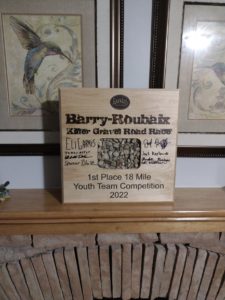 Nationals, and that’s at elevation. We won the 17-18 boys junior road state championship and took 2nd in the girls. Our JD program has won the Barry Roubaix team competition and the boys and girls overall the last two years. Right now two of our seniors lead the top category (Varsity) in the MiSCA points series. The second race our girls took the top three spots on the Varsity podium (a senior, sophomore and freshman) and the boys took the top two. But I would say the fun we’ve had this year trying new things and sharing in each other’s struggles and achievements is the biggest program success. We have really had some kids blossom as riders and young people and that’s great to see by all of us.
Nationals, and that’s at elevation. We won the 17-18 boys junior road state championship and took 2nd in the girls. Our JD program has won the Barry Roubaix team competition and the boys and girls overall the last two years. Right now two of our seniors lead the top category (Varsity) in the MiSCA points series. The second race our girls took the top three spots on the Varsity podium (a senior, sophomore and freshman) and the boys took the top two. But I would say the fun we’ve had this year trying new things and sharing in each other’s struggles and achievements is the biggest program success. We have really had some kids blossom as riders and young people and that’s great to see by all of us.
What are some goals for the program in the near future?
We’d like to continue our selective growth and support our riders more with race reimbursement and equipment discounts. We are discussing creating a track for a select number of racers, that show more interest and promise, to gain UCI points by racing a few bigger events and be better positioned for the MTB National Championships. The program would also like to be sure we had paid and dedicated support at the races for all our riders. We also want to help MiSCA with its mission.







